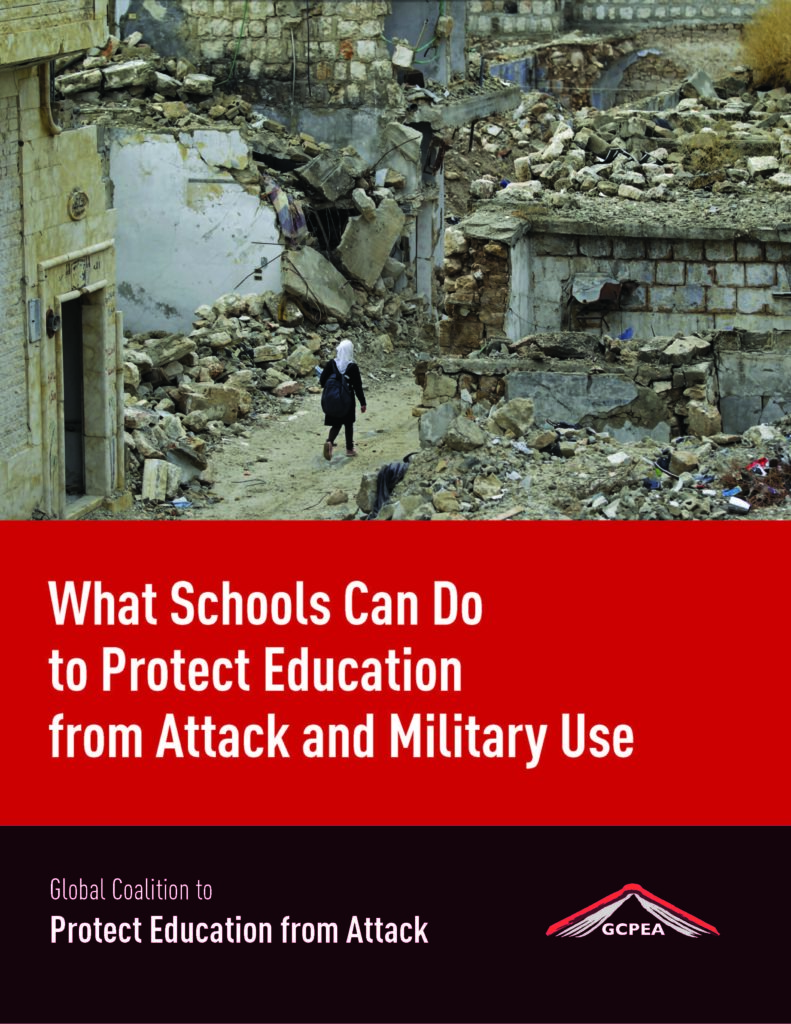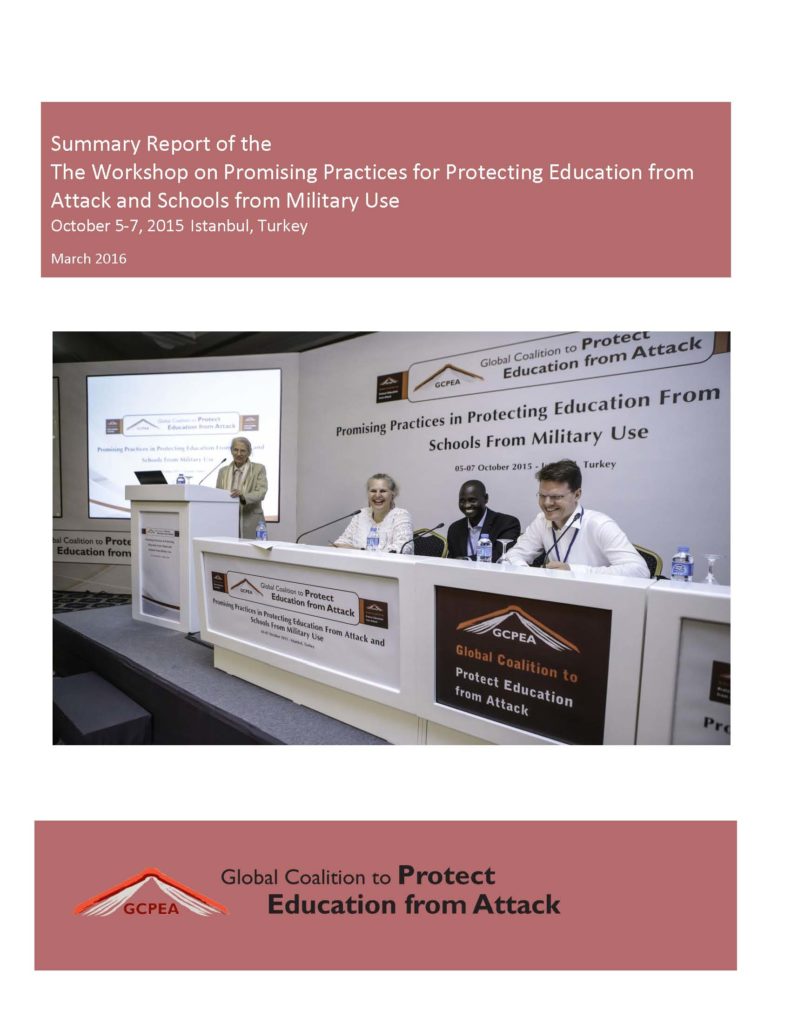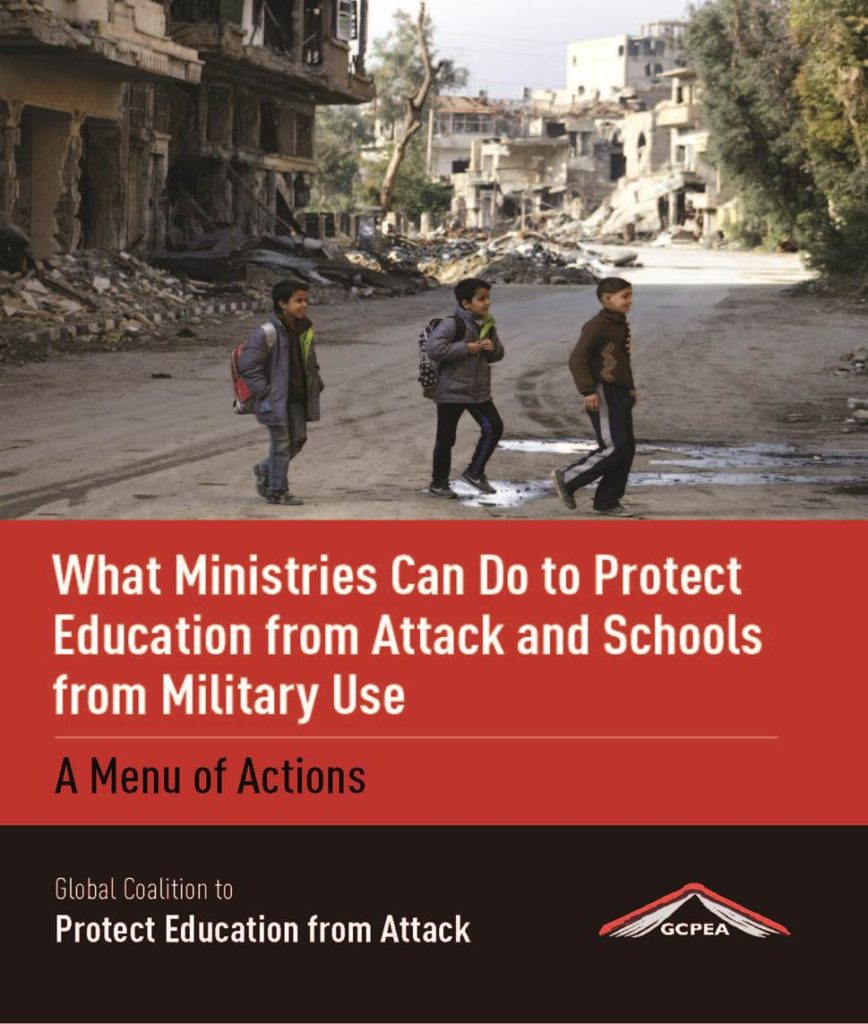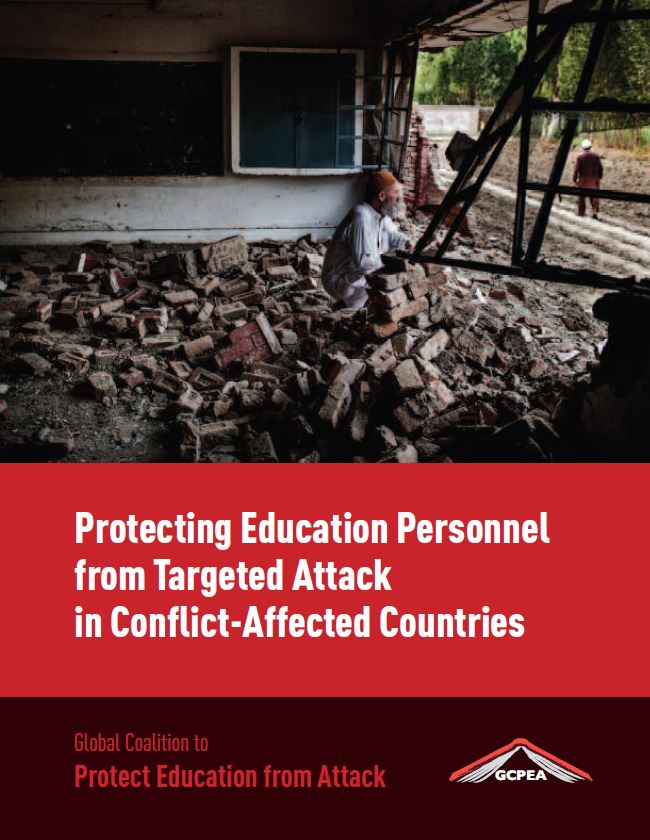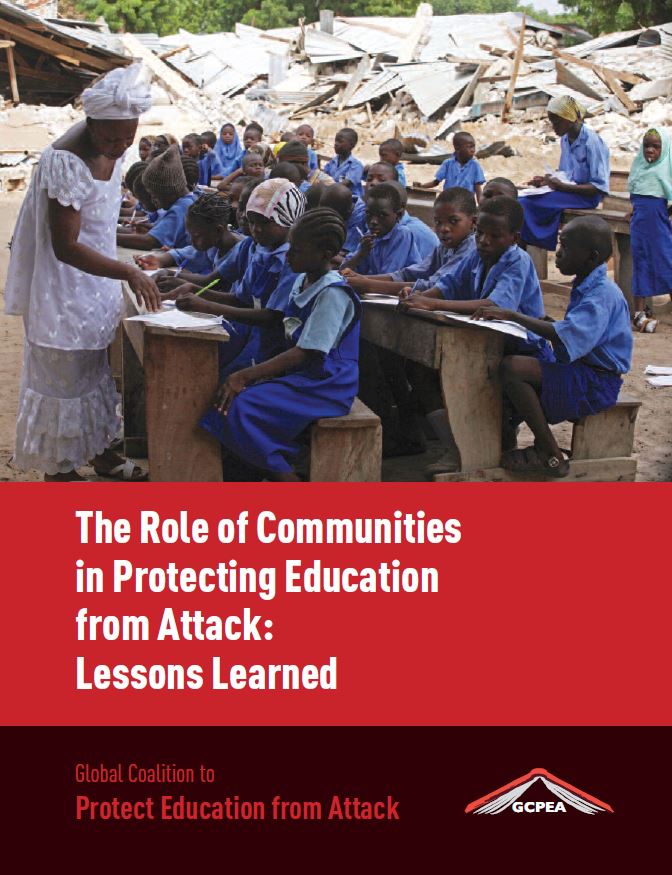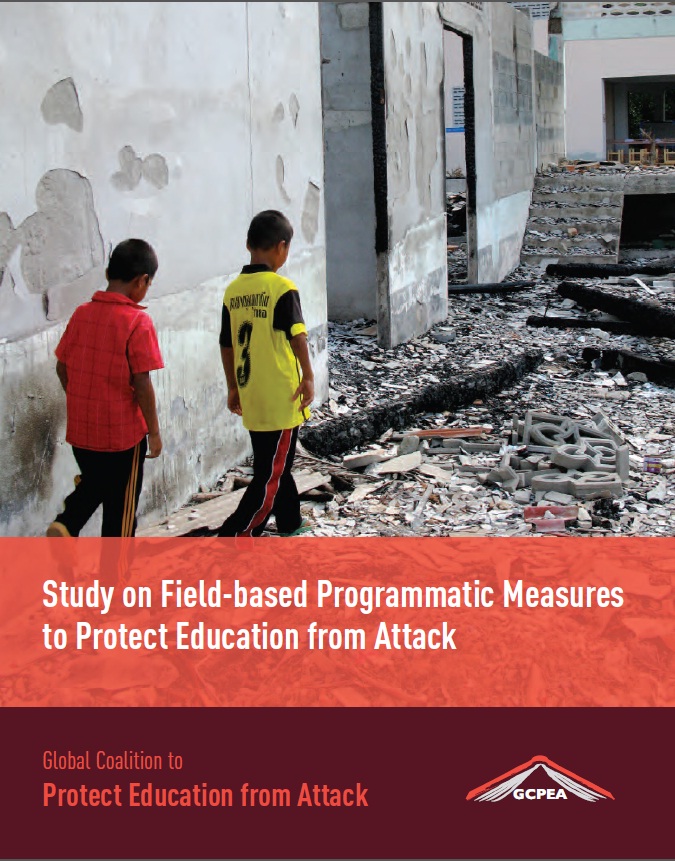By improving safety and security measures for schools, and ensuring that measures are in place for safe education to be available even after an attack on education, the most adverse impacts of attacks can be mitigated or prevented. Such measures should take gender into account, by assessing whether and how girls’ schools, and female students and teachers, may face heightened or different risks, including sexual violence.
GCPEA documents good practices and advances a knowledge base from which practitioners, policy-makers, and community-based actors can draw, regarding different protective measures and where and how they can be appropriately applied to different contexts.
Measures employed by affected countries include:
GCPEA’s research on how to better protect education at the field level
GCPEA has produced a series of briefing papers on concrete steps and programmatic measures being implemented at both the local and government level to protect education from attack. GCPEA also held a workshop, Promising Practices in Protecting Education from Attack and Schools from Military Use in Istanbul, Turkey on October 5-7, 2015. At the Workshop, over 75 education and protection stakeholders working for Ministries of Education, UN agencies, and local and international NGOs in more than 13 countries affected by attacks, gathered to discuss measures for protecting education and to consider how these approaches could be adapted to different contexts.
The briefing papers and the Istanbul Workshop build upon previous work carried out by GCPEA, including a Knowledge Roundtable in Thailand in November 2011 attended by teams of education sector practitioners, human rights activists, ministry of education officials, NGO representatives and UN agency staff, with participants from 15 countries.





